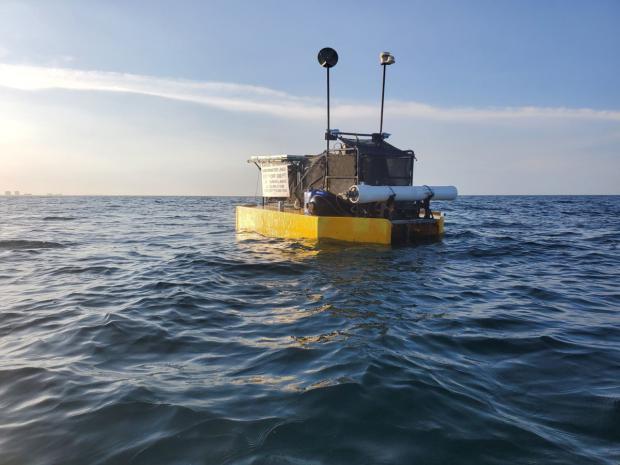
Breaking News
 Six men are making AI decisions for 8 billion people
Six men are making AI decisions for 8 billion people
 Making a Killing: FULL DOCUMENTARY FILM
Making a Killing: FULL DOCUMENTARY FILM
 Rockefeller Foundation Partners With MrBeast To Target Youth With "Next-Gen" Propaganda
Rockefeller Foundation Partners With MrBeast To Target Youth With "Next-Gen" Propaganda
Top Tech News
 Build a Greenhouse HEATER that Lasts 10-15 DAYS!
Build a Greenhouse HEATER that Lasts 10-15 DAYS!
 Look at the genius idea he came up with using this tank that nobody wanted
Look at the genius idea he came up with using this tank that nobody wanted
 Latest Comet 3I Atlas Anomolies Like the Impossible 600,000 Mile Long Sunward Tail
Latest Comet 3I Atlas Anomolies Like the Impossible 600,000 Mile Long Sunward Tail
 Tesla Just Opened Its Biggest Supercharger Station Ever--And It's Powered By Solar And Batteries
Tesla Just Opened Its Biggest Supercharger Station Ever--And It's Powered By Solar And Batteries
 Your body already knows how to regrow limbs. We just haven't figured out how to turn it on yet.
Your body already knows how to regrow limbs. We just haven't figured out how to turn it on yet.
 We've wiretapped the gut-brain hotline to decode signals driving disease
We've wiretapped the gut-brain hotline to decode signals driving disease
 3D-printable concrete alternative hardens in three days, not four weeks
3D-printable concrete alternative hardens in three days, not four weeks
 Could satellite-beaming planes and airships make SpaceX's Starlink obsolete?
Could satellite-beaming planes and airships make SpaceX's Starlink obsolete?
Wave-Powered Desalination System Produces 13,000 Gallons of Drinking Water a Day From Each Buoy

300 million people rely on seawater from a global industry of 21,000 desalination plants, nearly all of which use fossil fuels to complete the energy-intensive process of thermo-desalination, or reverse osmosis—the two methods that can turn seawater into clean water at scale.
The startup Oneka however uses modular machines that attach to the seafloor like buoys and convert the kinetic energy of 3-foot waves into mechanical energy that drives a reverse osmosis and creates 13,000 gallons of drinking water a day with the largest commerically-available module.
It's expected that if the worst predictions of climate change come to pass, more and more of the world will rely on desalinated water at least some of the year according to data collected by the BBC, and the industry is predicted to grow 9% to a yearly value of $29 billion by 2030.
Oneka presents a suite of advantages over land-based desalination plants. The first is that it takes up no space on land; particularly important for island nations. The second is that their modules emit no greenhouse gases. The third has to do with a drawback of desalination technology as it stands.
Whether using the thermal process or reverse osmosis, desalination of seawater creates a waste product of highly saline brine water or salt. If released or leaked back into the ocean, it can poison acres of sea life, or plants and groundwater if released on land.
Oneka's technology mixes the saline solution with three-quarters of all the seawater taken up in a single day, releasing it back into the ocean with a mere 25% greater content of salt than before.
The module desalinators can be chained next to each other to conserve space and make it easier for the piping system that transfers the clean water on land to be installed.

 Defend yourself like a pro
Defend yourself like a pro First totally synthetic human brain model has been realized
First totally synthetic human brain model has been realized Mach-23 potato gun to shoot satellites into space
Mach-23 potato gun to shoot satellites into space

